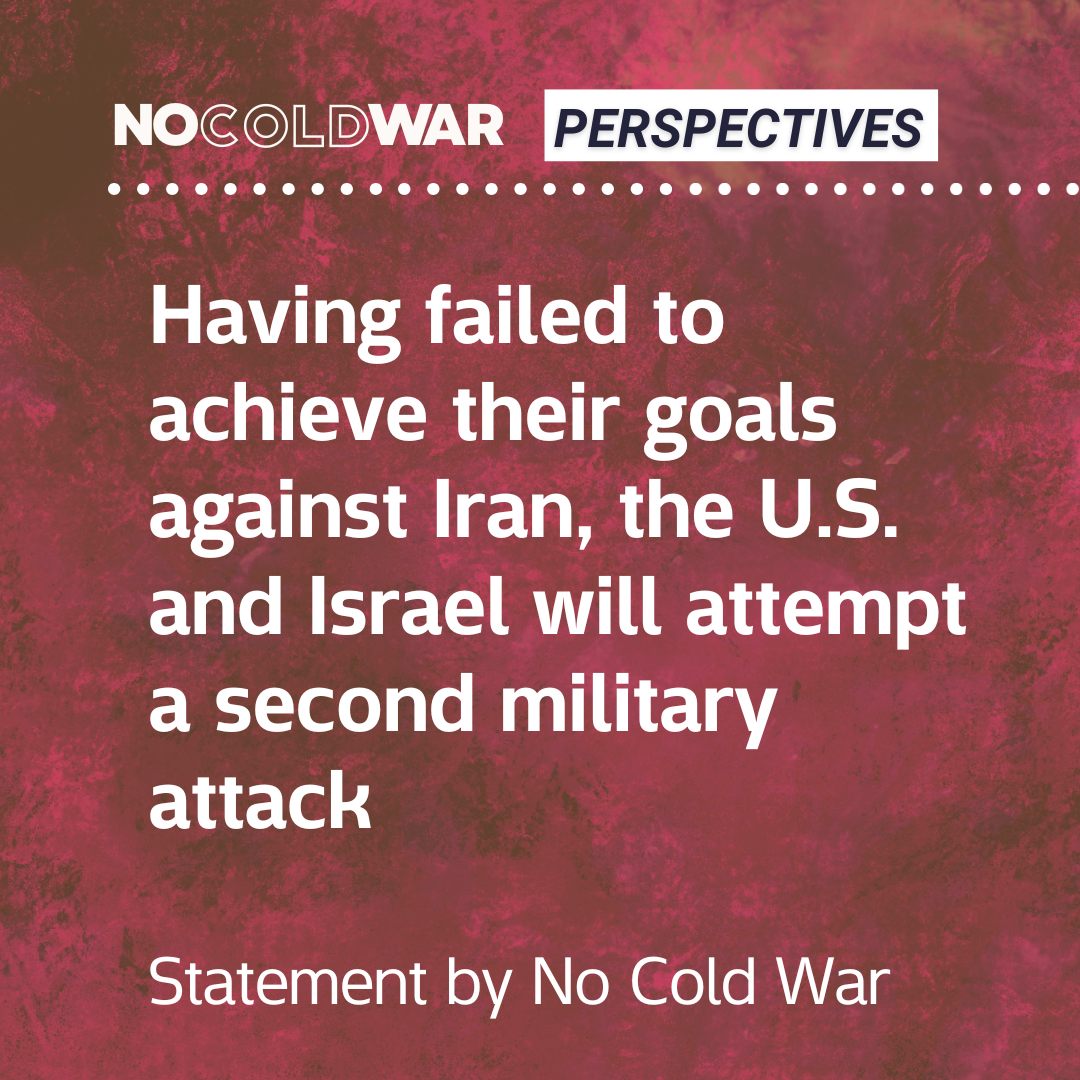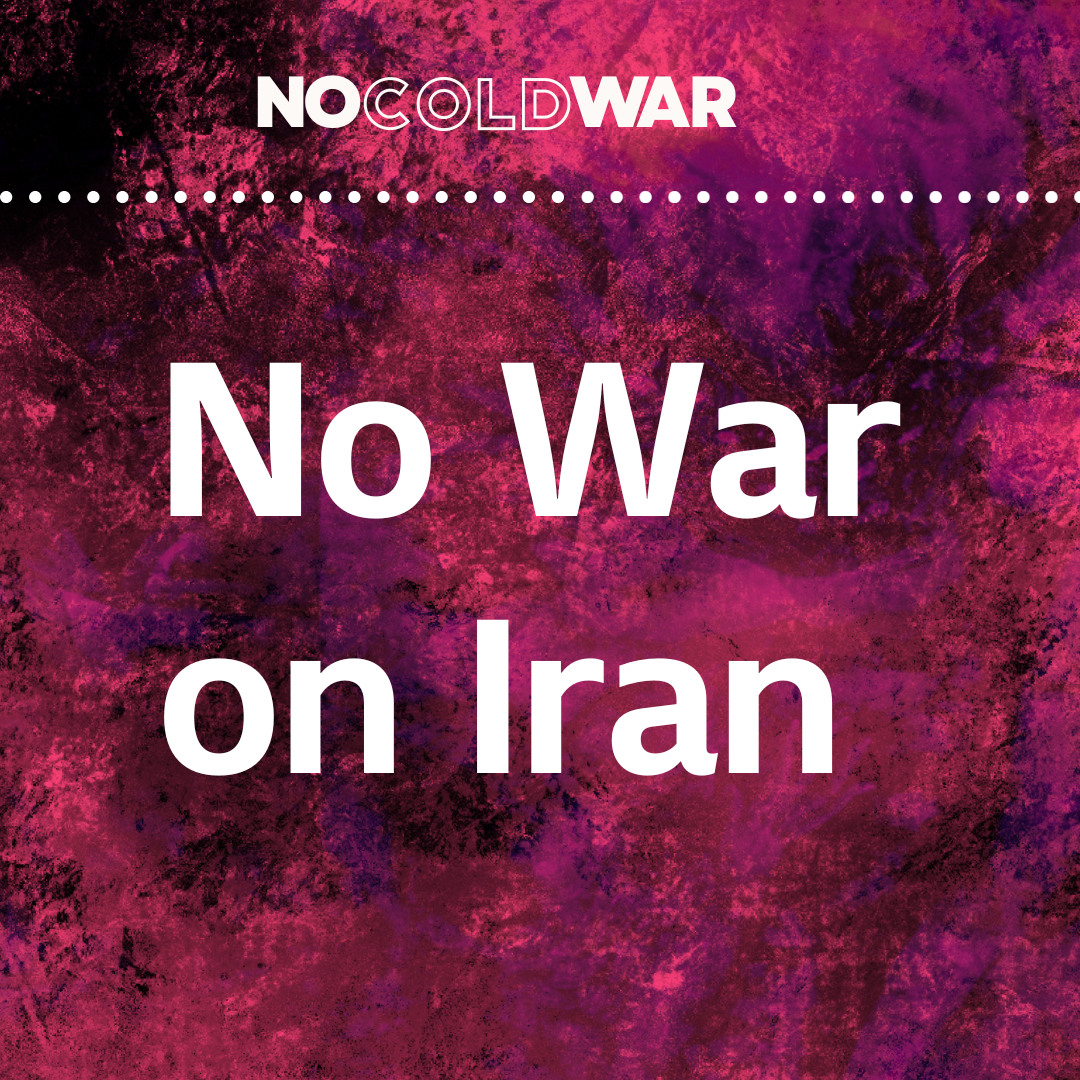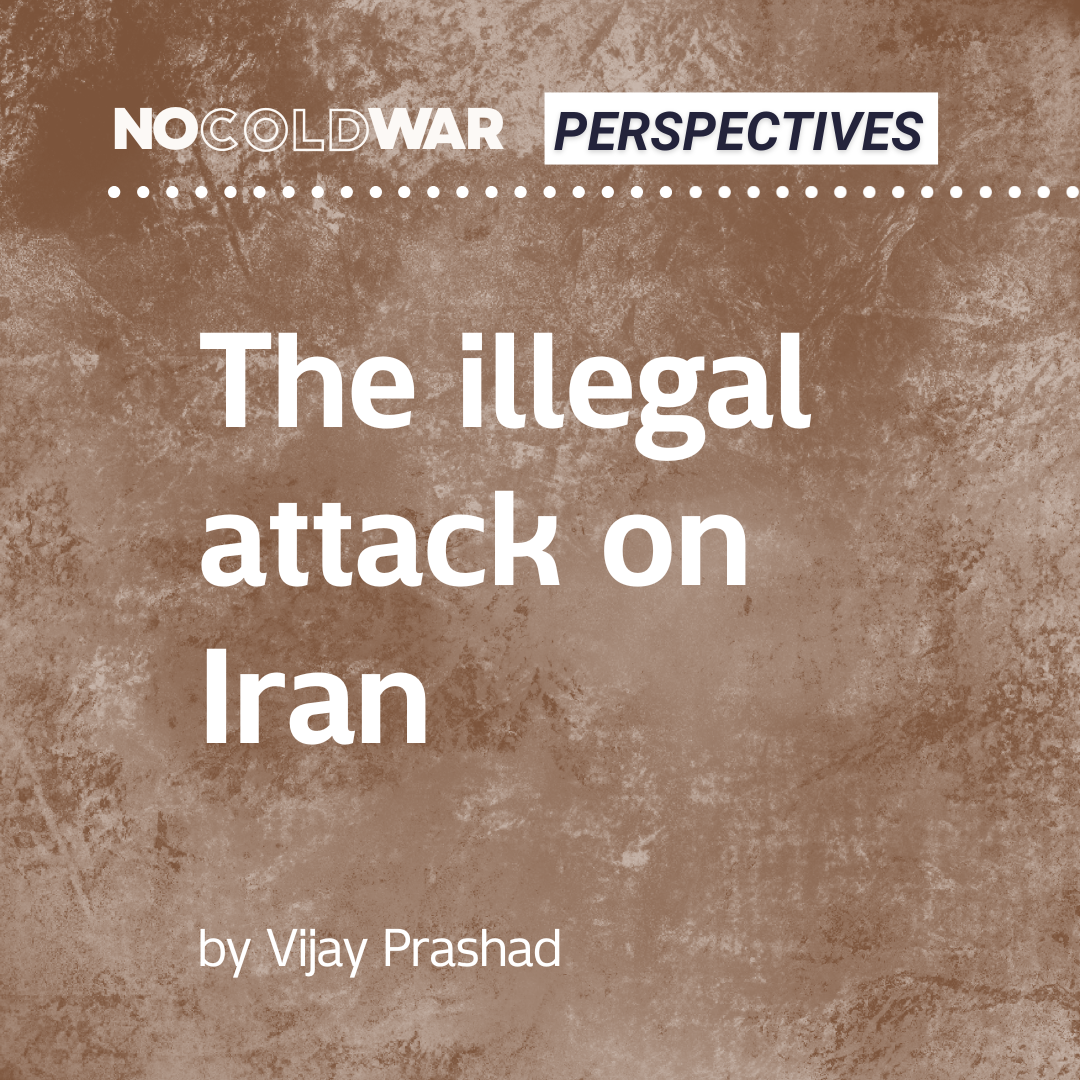By Vijay Prashad
Israel’s attacks on Iran, backed by the US and EU, violate international law and aim to maintain regional dominance by undermining Iran’s sovereignty, despite Iran’s compliance with nuclear agreements.
Israel’s consistent attacks on Iran since 2023 have all been illegal, violations of the United Nations Charter (1945). Iran is a member state of the United Nations and is therefore a sovereign state in the international order. If Israel had a problem with Iran, there are many mechanisms mandated by international law that permit Israel to bring complaints against Iran.
Thus far, Israel has avoided these international forums because it is clear that it has no case against Iran. Allegations that Iran is building a nuclear weapon, which are constantly raised by the United States, the European Union, and Israel, have been fully investigated by the International Atomic Energy Agency (IAEA) and found to be unfounded. It is certainly true that Iran has a nuclear energy programme that is within the rules in place through the IAEA, and it is also true that Iran’s clerical establishment has a fatwa (religious edict) in place against the production of nuclear weapons. Despite the IAEA findings and the existence of this fatwa, the West – egged on by Israel – has accepted this irrational idea that Iran is building a nuclear weapon and that Iran is therefore a threat to the international order. Indeed, by its punctual and illegal attacks on Iran, it is Israel that is a threat to the international order.
Over the past decades, Iran has called for the establishment of a Middle East Nuclear Free Zone, a strange idea coming from a country accused of wanting to build a nuclear weapon. But this idea of the nuclear free zone has been rejected by the West, largely to protect Israel, which has an illegal nuclear weapons programme. Israel is the only country in the Middle East with a nuclear weapon, although it has never tested it openly nor acknowledged its existence. If Israel was so keen on eliminating any nuclear threat, it should have taken the offer for the creation of a nuclear-free zone heartily.
Neither the Europeans, who so often posture as defenders of international law, nor the United Nations leadership have publicly pushed Israel to adopt this idea because both recognize that this would require Israel, not Iran, to denuclearize. That this is an improbable situation has meant that there has been no movement from the West or from the international institutions to take this idea forward and build an international consensus to develop a nuclear-free zone in the Middle East.
Israel does not want to build a nuclear-free zone in the region. What Israel wants is to be the sole nuclear power in the region, and therefore to be exactly what it is – namely, the largest United States military base in the world that happens to be the home to a large civilian population. Iran has no ambition to be a nuclear power. But it has an ambition to be a sovereign state that remains committed to justice for the Palestinians. Israel has no problem with the idea of sovereignty per se, but has a problem with any state in the region that commits itself to Palestinian emancipation. If Iran normalized relations with Israel and ceased its opposition to US dominion in the region, then it is likely that Israel would end its opposition to Iran.
Israel and the United States prepared the way
In January 2020, the United States conducted an illegal assassination at Iraq’s Baghdad Airport to kill General Qassem Soleimani, the leader of the Quds Force of the Islamic Revolutionary Guards Corps (IRGC). Soleimani, through the Quds Force, had produced for Iran an insurance policy against further Israeli attacks on the country. The Quds Force is responsible for Iranian military operations outside the boundaries of the country, including building what is called the “Axis of Resistance” that includes the various pro-Iranian governments and non-governmental military forces. These included: Hezbollah in Lebanon, various IRGC groups in Syria that worked with Syrian militia groups, the government of Bashar al-Assad in Syria, several Palestinian factions in Occupied Palestine, and the Ansar Allah government in Yemen. Without its own nuclear deterrent, Iran required some way to balance the military superiority of Israel and the United States. This deterrence was created by the “Axis of Resistance”, an insurance policy that allowed Iran to let Israel know that if Israel fired at Iran, these groups would rain missiles on Tel Aviv in retaliation.
The assassination of Soleimani began a determined new political and military campaign by the United States, Israel, and their European allies to weaken Iran. Israel and the United States began to punctually strike Iranian logistical bases in Syria and Iraq to weaken Iran’s forward posture and to demoralize the Syrian and Iraqi militia groups that operated against Israeli interests. Israel began to assassinate IRGC military officers in Syria, Iran, and Iraq, a campaign of murder that began to have an impact on the IRGC and the Quds Force.
Taking advantage of its genocidal war against the Palestinians in Gaza, Israel, with full support from the United States and Europe, began to damage the “Axis of Resistance”, Iran’s insurance policy. Israel took its war into Lebanon, with a ruthless bombing campaign that included the assassination of the Hezbollah leader Sayyid Hassan Nasrallah on September 27, 2024. This campaign, while it has not totally demolished Hezbollah, has certainly weakened it. Meanwhile, Israel began a regular bombing campaign against the Syrian military positions around Damascus and along the road to Idlib in the north. This bombing campaign, coordinated with the US military and with the US intelligence services, was designed to open the roadway for the entry of the former al-Qaeda fighters into Damascus and to overthrow the government of al-Assad on December 8, 2024. The fall of the al-Assad government dented Iran’s strength across the Levant region (from the Turkish border to the Occupied Palestinian Territory) as well as along the plains from southern Syria to the Iranian border. The consistent campaign by the United States to bomb Yemeni positions further resulted in the loss of Ansar Allah’s heavy equipment (including long-range missiles) that fundamentally threatened Israel.
What this meant was that by early 2025, the Iranian insurance policy against Israel had collapsed. Israel began its march to war, suggesting an attack on Iran was imminent. Such an attack, Israel’s Prime Minister Benjamin Netanyahu knows, would help him in a domestic political fight with the ultra-orthodox parties over the question of a military exemption for their communities; this will prevent his government from falling. Cynical Netanyahu is using genocide and the possibility of a horrendous war with Iran for narrow political ends. But that is not what is motivating this attack. What is motivating this attack is that Israel smells an opportunity to try to overthrow the Iranian government by force.
Iran returned to the negotiations brokered by the IAEA to prevent such an attack. Its leadership knew full well that nothing would stop a scofflaw such as Israel from bombing Iran. And nothing did. Not even the fact that Iran is still at the negotiation table. Israel has taken advantage of Iran’s momentary weakness to strike. And that strike might escalate further.
Vijay Prashad is an Indian historian, editor, and journalist. He is a writing fellow and chief correspondent at Globetrotter. He is an editor of LeftWord Books and the director of Tricontinental: Institute for Social Research. He has written more than 20 books, including The Darker Nations and The Poorer Nations. His latest books are On Cuba: Reflections on 70 Years of Revolution and Struggle (with Noam Chomsky), Struggle Makes Us Human: Learning from Movements for Socialism, and (also with Noam Chomsky) The Withdrawal: Iraq, Libya, Afghanistan, and the Fragility of US Power.
This article was produced by Globetrotter.






